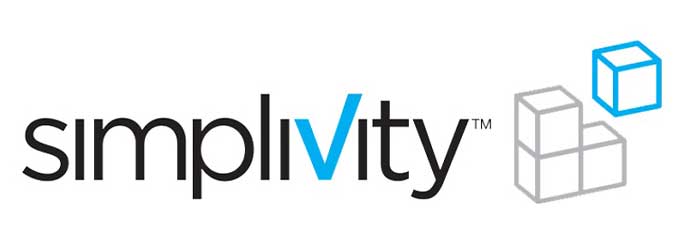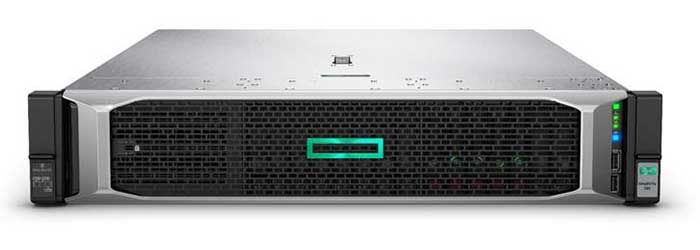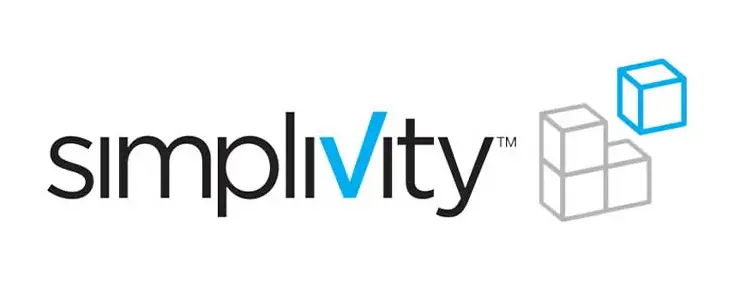HPE SimpliVity Server, acquired by HPE about two years ago, is one of the companies focusing on “hyper converged infrastructure”. Hyper converged systems are systems that integrate information processing, data storage, and network services into a single system for companies and organizations.
HPE has integrated SimpliVity software and hardware with the industry-leading servers currently in service to compete with other competitors in the growing Hyper-converged infrastructure market. HPE’s existing hyper-converged infrastructure solutions can benefit from the addition of SimpliVity technology, which brings great flexibility, data protection, compression, deduplication and VM optimization.

In its G10 Servers, HPE describes the SimpliVity Data Virtualization platform architecture as “an object-oriented storage tool with data optimization and data service techniques.” The presence of data deduplication and data compression in the design of the HPE SimpliVity 380 will result in excellent device performance across the network. HPE has advanced server platforms that can serve as the foundation for HPE SimpliVity success.
From a hardware point of view, HPE SimpliVity Server is based on new models of HPE G10 servers. Although the company’s previous servers are still supported, their goal is to further integrate these products with the ProLiant and Apollo product lines. This simplifies the support and validation processes for the company and, conversely, the consumer.
HPE simplivity 380 G10
For example, one type of HPE SimpliVity server is the HPE simplivity 380 server. This server is a system that requires a space of 2 units and is based on the G10 server. The system uses an OmniStack accelerator card to transfer data reduction processes from the CPU to the ASIC chip. In this way it can reduce the amount of space required for data storage as much as possible.

HPE simplivity 2600 G10
In addition to the HPE SimpliVity 380, HPE has developed and marketed another HPE SimpliVity system based on Apollo servers. This server model, called the HPE SimpliVity 2600, offers a maximum of 4 separate node servers in a single chassis of 2 units. This solution is mostly designed for use in cases such as branch offices of organizations, small offices and VDI. These types of servers are usually used where there are fewer “delay sensitive” tools. These servers take up less space than HPE simplivity 380 G10 server and can use smaller chassis. This tool provides network administrators with built-in backup and disaster recovery plan capabilities.
The most prominent feature of the 2600 is the flexibility, ease of operation, and availability of the server. The tool has the flexibility to support both Hyper-V and VMware platforms. This device also supports cloud space. Although most organizations today use VMware, Hyper-V is also popular in certain areas, such as education. In any of these cases, setting up and managing VMs by this server will be easy. This management is mainly done within these platforms. HPE SimpliVity also supports products from many other companies, such as Veeam.
0






